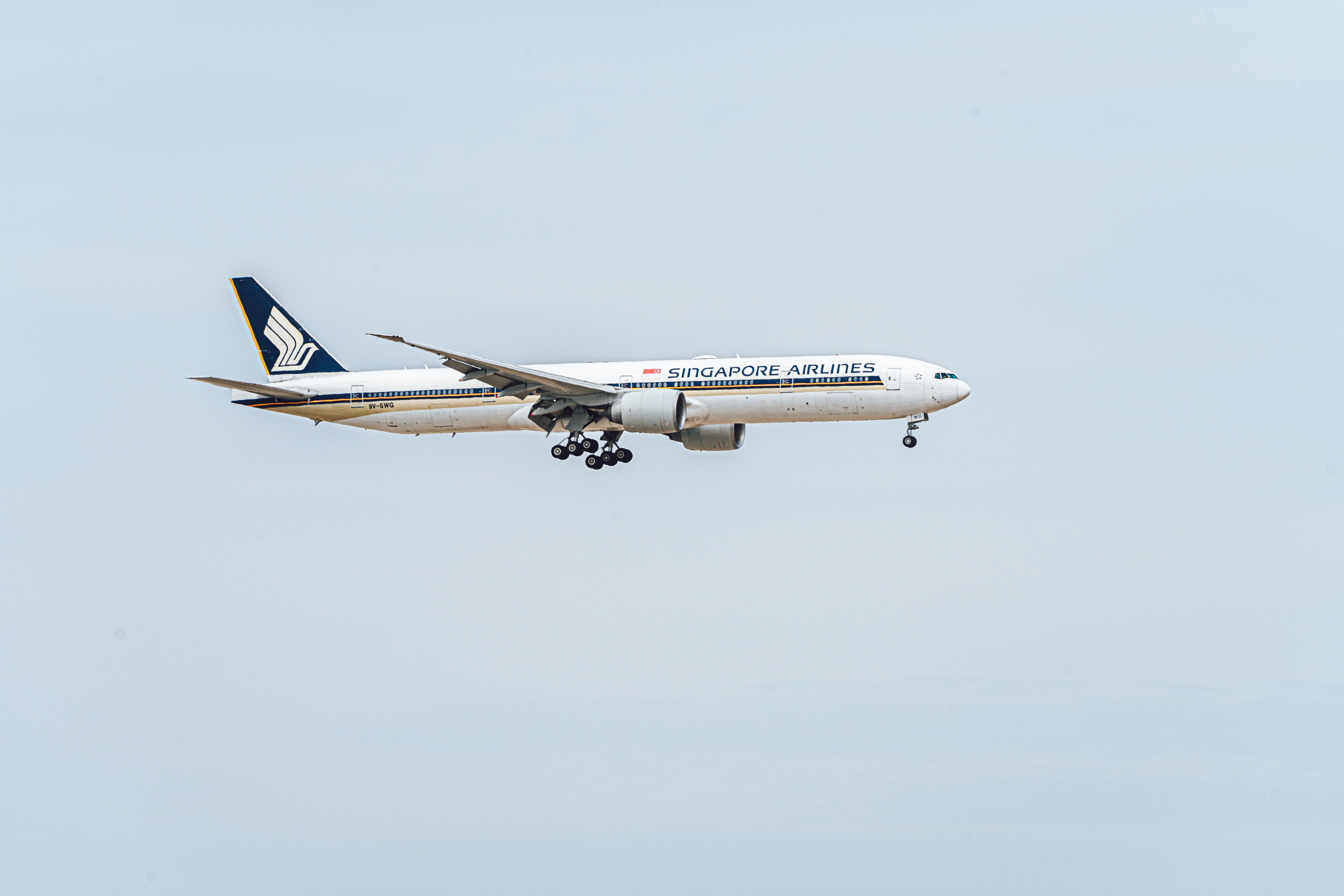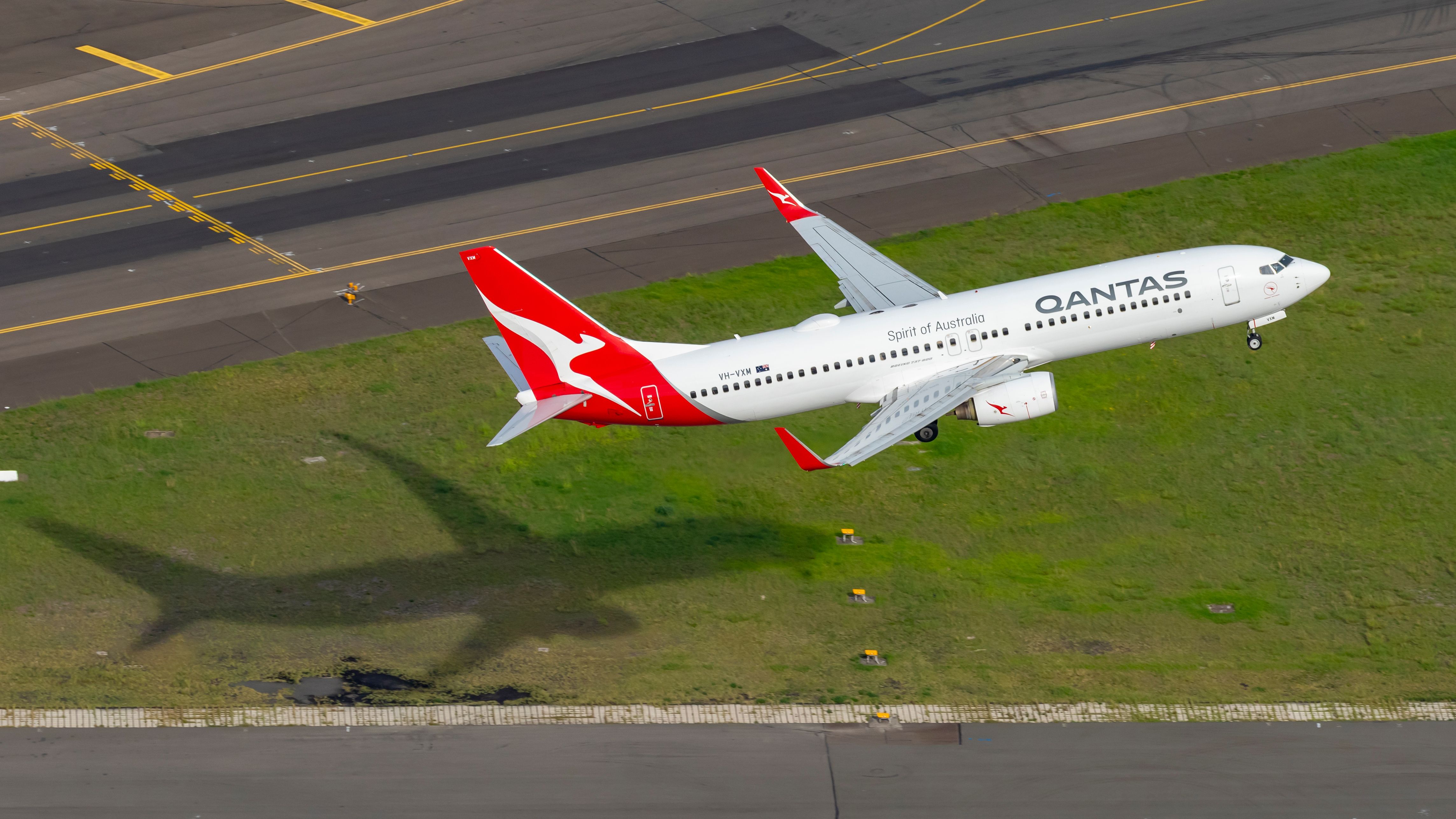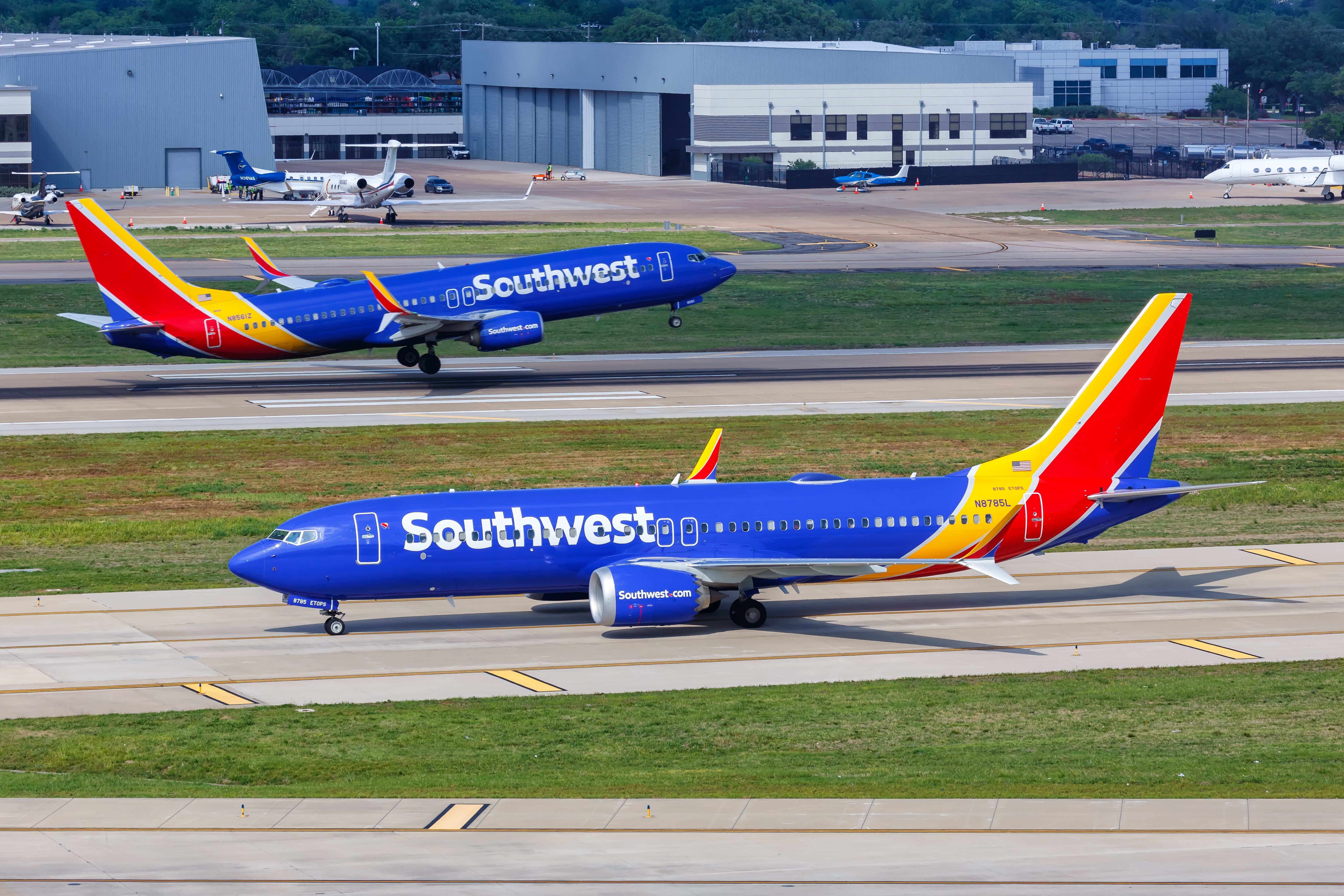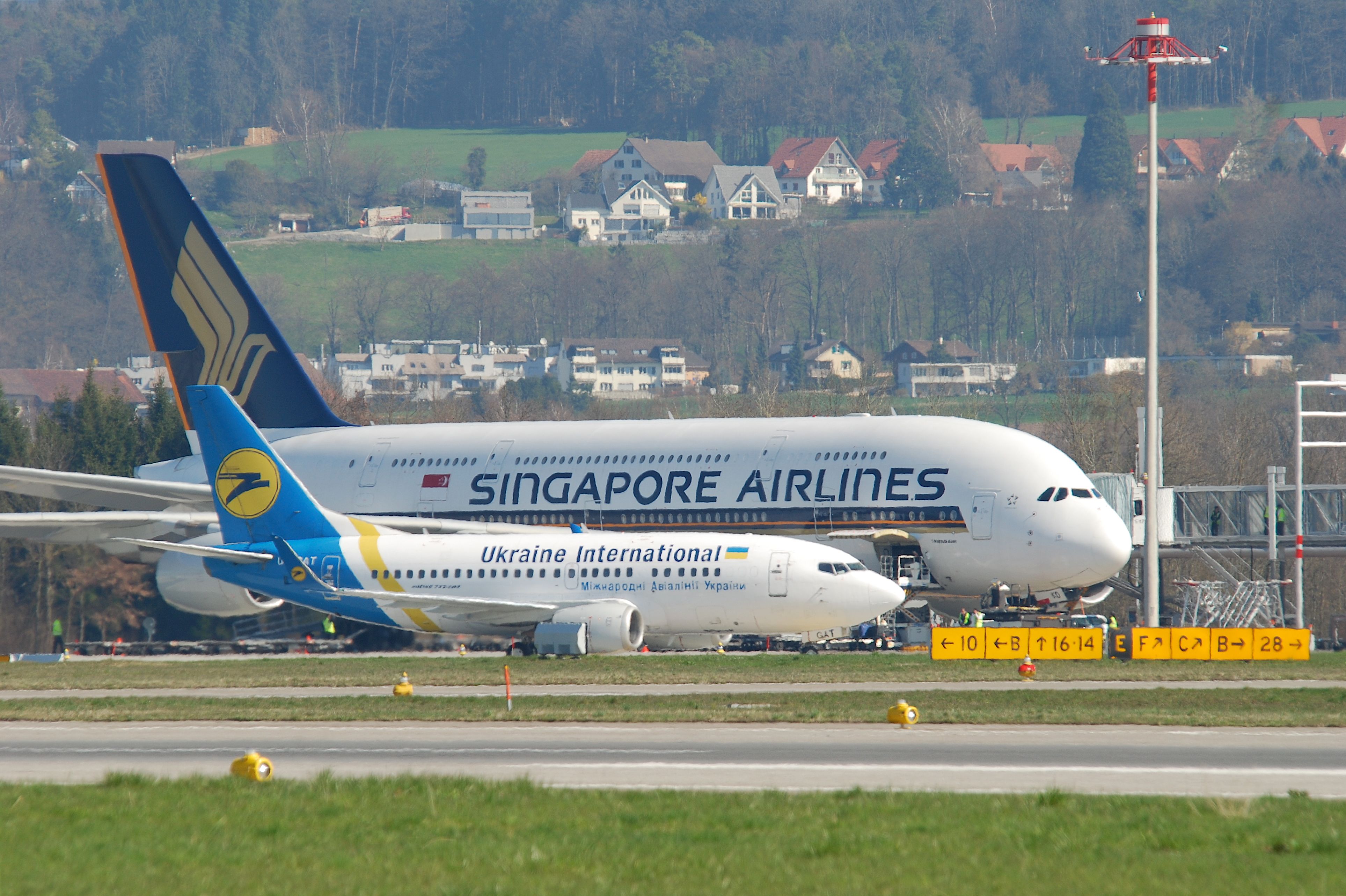Airlines have crucial strategic decisions to make when it comes to prioritizing capacity or frequency. An excess of either, and the airline is not able to lean too much in one direction, which could damage their value proposition to potential passengers. But which one is more important overall?
What is airline capacity?
Airline capacity is essentially how many seats per flight an airline has available on any one route. Longer routes generally focus on capacity, as larger aircraft with bigger fuel tanks are required for the journey. For example, rather than operating five weekly flights of 200 seats per flight, an airline prioritizing capacity would opt for three weekly flights with around 330 seats per flight instead.
Photo: Lukas Souza | Simple Flying
Airlines that mainly focus on capacity are:
- Emirates with its fleet of Boeing 777-300ERs and Airbus A380s
- Etihad Airways and Qatar Airways for the length of their routes
- Singapore with its reach and operating the longest routes in the world.
Typically, an airline that focuses on capacity also utilizes a hub-and-spoke model as a strategy, ferrying passengers in from remote locations through a central hub before heading off to their final destination.
What is airline frequency?
Airline frequency is how many services an airline operates over a set time period. Typically, high-frequency services are found on shorter routes between two large urban destinations, with business passengers often demanding multiple flights throughout the day.
Photo: Seth Jaworski/Shutterstock
This strategy works on high-demand routes, as there will always be passengers willing to fly at different times of the day. In Australia, for example, there are upward of 150 flights a day between Sydney and Melbourne. These flights are operated by smaller aircraft seating up to 200 passengers, such as Airbus A320s or Boeing 737s, which hit the sweet spot between capacity and range.
Smaller planes are quick to turn around, easy to fill, and an airline can have one service leave for the same destination every hour. The airlines can also offer ‘flexi-tickets’, tickets that allow passengers to just show up and go on any flight leaving for that destination that day, further enticing demand for its services.
Photo: Markus Mainka/Shutterstock
Airlines that mainly focus on frequencies include:
- All American carriers have a frequent domestic arm, focusing on dense routes such as Los Angeles to San Francisco, or New York to Chicago.
- Jeju-Seoul, South Korea, is the densest route in the world, operated by Korean Air.
Typically, an airline that focuses on frequency is also focusing on a point-to-point model.
Have things changed post-pandemic?
The COVID-19 pandemic brought about rapid market changes – with demand for flights – particularly international – dissipating rapidly, many airlines were forced to operate routes at significantly lower load factors than before. This meant prioritizing capacity came at the cost of filling fewer seats per flight, making for financially inefficient flights.
However, with the aviation industry almost entirely recovered, airlines are beginning to ramp up capacity again. According to an ING report, average global load factors are now reaching 2019 levels, and capacity has also caught up – in fact, with aircraft deliveries lagging due to production and labor issues, many airlines are struggling to deploy enough aircraft to keep up with demand.
Which is better?
At first, it might seem that there is no clear answer… but if we look at recent aircraft buying trends, it paints a very clear picture.
Large-capacity aircraft, like the A380 and the Boeing 747 are on the way out, with no new commercial passenger orders or plans for a new design. These aircraft were mainly deployed on large-capacity long-haul routes where airlines could guarantee high demand.
Conversely, short-haul capacity aircraft, such as the Boeing 737 or Airbus A320, have never been more popular. Airlines are desperate for more aircraft to be able to offer passengers more flexibility and more options. We even see this bleed over into long-haul aircraft design, with the Boeing 777X and Airbus A350 offering fewer seats, but still providing the extended range they demand.
What are your thoughts on airline capacity versus airline frequency? Let us know in the comments.
Source: ING







